Every year nearly one million Americans suffer through the severe pain of kidney stones, yet most kidney stones are completely avoidable.
The Kidney Stone Diet® will not only decrease your likelihood of taking a ride in an ambulance due to a kidney stone, but it may also help you with other medical conditions such as high blood pressure, diabetes, and obesity.
The Kidney Stone Diet® is a simple program consisting of 5 essential lifestyle changes that you can start implementing today.
Incorporating these simple lifestyle changes can have a major impact on your health. Nearly 80 percent of new kidney stones can be prevented with the right treatment plan.
Along with my mentor, Dr. Fredric Coe (Professor of Medicine at the University of Chicago), I named this special lifestyle the Kidney Stone Diet®. Although it is used specifically to lower your stone risk, it is also what the FDA suggests all Americans adhere to. Every physician and nutrition-based health educator should be advocating this diet. The difference with this diet, and why we named it The Kidney Stone diet, is the oxalate element.
The Five Elements of the Kidney Stone Diet®
- Increase Fluid Intake
- Lower Sugar and Sodium
- Increase Calcium From Foods
- Eat Moderate Amounts of Protein
- Lower High Oxalate Foods
In this article, I break down these 5 elements of the Kidney Stone Diet® and explain why it’s such an effective way to lower your kidney stone risk. Let’s get started.
1. Increase Fluid Intake
First and foremost, let’s talk about your fluid intake.
Increasing your fluids is one of the most important aspects of the Kidney Stone Diet®. When we drink more fluids, we are able to dilute the substances that lead to kidney stones. We drink more, we produce more urine volume per day.
It is recommended that kidney stone patients drink at least 2.5 – 3 liters per day so that they can produce 2.0-2.5 liters of urine/day.
I understand that this can seem like a monumental task. You’re busy at work, carpooling, weekend soccer games, etc. I get it. But starting out small and adding a cup of water a day until you reach your goal will help you and your bladder adjust to the new workload.
Other factors that play a part in how much one will urinate are climate, workout regimen, sweating, occupation, and dietary habits.
Climate plays a role in fluid intake in that we typically experience less thirst in the cold months. Reminding yourself to drink more by setting an alarm on your phone may help to get that water intake up during the winter.
In summer we tend to sweat more but forget to make up for the loss of fluids by reaching for our water bottle. We must drink extra in hot months to stay adequately hydrated.
The same advice goes for athletes and people who are very active. You will sweat more so you will need to hydrate more.
Occupation plays a part in one’s drinking patterns in that teachers, truckers, salespeople, pilots, mail carriers, and nurses (just to name a few) tend to drink less because they cannot access the bathroom as freely as office workers. When we find it hard or too time-consuming to use the bathroom we typically curtail drinking.
Although water is the drink we recommend most, all fluids do count. However, I recommend that you do not overdo the other drinks—alcohol, tea, coffee, and juices—and make water your primary source of hydration.
Eating a diet high in fruits and vegetables will also increase urine output—another reason why you should incorporate more of them into your lifestyle.
I can hear you already, “Jill, I drink a lot of fluids, but I don’t seem to pee much.” Well, there’s a reason for this. You may be consuming too much sodium, sugar, or both. When we over-consume sugar and salt, our urine volume is lowered, meaning we tend to pee less, even though we may have had a high amount of fluids that day. This is just another reason why lowering sugar and sodium is a big part of the kidney stone diet. And that leads us to the next important element of the Kidney Stone Diet®.
2. Lower Sugar and Sodium
Sugar
Many of you reading this article will think, “I was not aware that eating too much sugar would increase my stone risk. But it’s true. Americans eat way too much added sugar—almost 60 pounds per year! Surprising right?
What isn’t surprising is that the high quantities of food we eat combined with our sedentary lifestyles means the obesity epidemic continues to grow in our country. Much of that increased obesity rate has to do with eating too much sugar.
Two hundred years ago, the average American ate only 2 pounds of sugar a year. In 1970, we ate 123 pounds of sugar per year. Today, the average American consumes almost 152 pounds of sugar in one year. This is equal to 3 pounds (or 6 cups) of sugar per week!
I hear from my patients all the time that they are “addicted to sugar.” The more sugar we eat the more sugar we crave. However, once you start lowering your sugar intake you will crave it less. Hard to believe right now, but trust me, it’s true.
The nutrition label is slowly changing to reflect how much added sugar is in the food you are eating because there is a difference between added sugar and naturally occurring sugar. Milk (unless chocolate) has naturally occurring sugar (lactose), jelly beans have added sugar. You know if sugar has been added to a product if you see sugar in the ingredient list. Sometimes added sugar is in the form of honey, molasses, high fructose corn syrup, brown rice syrup, etc. Here is an article I wrote for the University of Chicago that parses out all the ways in which sugar may be sneaking in to your food.
A woman should get no more than 25 grams of added sugar per day and men 37.5 grams/day. In stone disease, we want to lower your sugar consumption because sugar can decrease your urine output and increase your urine calcium. Also, too much sugar adds to weight gain and being overweight is another precursor for stone disease. Not to mention fatty liver, heart disease, and diabetes. To put this in perspective for you, one can of Coke has 37 grams of added sugar.
Too much sugar will temporarily raise our urine calcium and decrease our urine output throughout the day. These are two of the major risk factors in kidney stone formation. Therefore we ask you, as does the FDA, to lower your added sugar consumption.
Salt
On average Americans consume over 3,400 mg of sodium/day. We should be eating about 1,500mg/day though you should check with your physician to make sure this is right for you. Too much sodium causes calcium from your bone to spill out into your urine and increases your risk for bone AND stone disease. When too much calcium appears as a result of your urine collection, your physician may instruct you to lower your sodium consumption.
Salt is sneaky. It hides in foods unbeknownst to you. Olives, cereals, pickled foods, pizza, sauces, dressings, breads, condiments, and, of course, eating out! Look at every nutrition label to see how much sodium you are eating per portion.
One of the reasons your urine collection results may indicate your urine volume is low is because you are eating too much sodium. Lower sodium, increase urine volume. Lower sodium and LOSE weight. Lower sodium, and in most cases, you will lower your stone risk.
Many of my patients have a real eye-opening experience when they start reading nutrition labels. Those of us in our middle years were taught to only look at the fat and calories on food labels. When new patients come to me, I educate them to read the sugar and salt amounts on the food labels, per portion size. When you read the nutrition label in this new way you will be absolutely shocked by how much added sugar and sodium are in your foods. Even when the front of the product says, “less sugar, less sodium”, turn the package around to see what the nutrition label says. Less of a really high amount is still really high.
Some products will not have a label. Maybe your favorite place to go out to eat is Chipotle. You think that this is a relatively healthy choice, right? Can you believe that just the flour tortilla that wraps your burrito from Chipotle has 690mg of sodium? Go online to check your fav fast food joint so that you can be aware of just how much sodium is in your food.
The good news is that consumers are really getting the added sugar message and buying products with less of it and food manufacturers are taking note of this and making foods with less sugar. I want us to be just as demanding with buying food with less sodium. We have the power to encourage food manufacturers to change. What we buy, they make.
3. Increase Calcium From Foods
Most adults do not get enough calcium through their food and haven’t for years. Kidney stone formers must pay close attention to their calcium intake for two reasons.
- You need to nourish your bones and ward off osteoporosis.
- Getting enough calcium will help lower your urine oxalate.
Eating foods that supply your body with enough calcium is just as important as lowering your intake of high oxalate foods. The reason it is important for you is because the only way oxalate can leave your body is to bind with calcium in your colon and leave as waste through the stool. If you have not eaten any calcium-rich food or beverage along with the higher oxalate food then the excess oxalate has nothing to bind to and must be reabsorbed into the blood. This will create higher oxalate levels on your next urine collection.
To make sure you’re getting enough calcium (and that you’re not getting too much), have a look at the chart below to find your daily recommended intake.
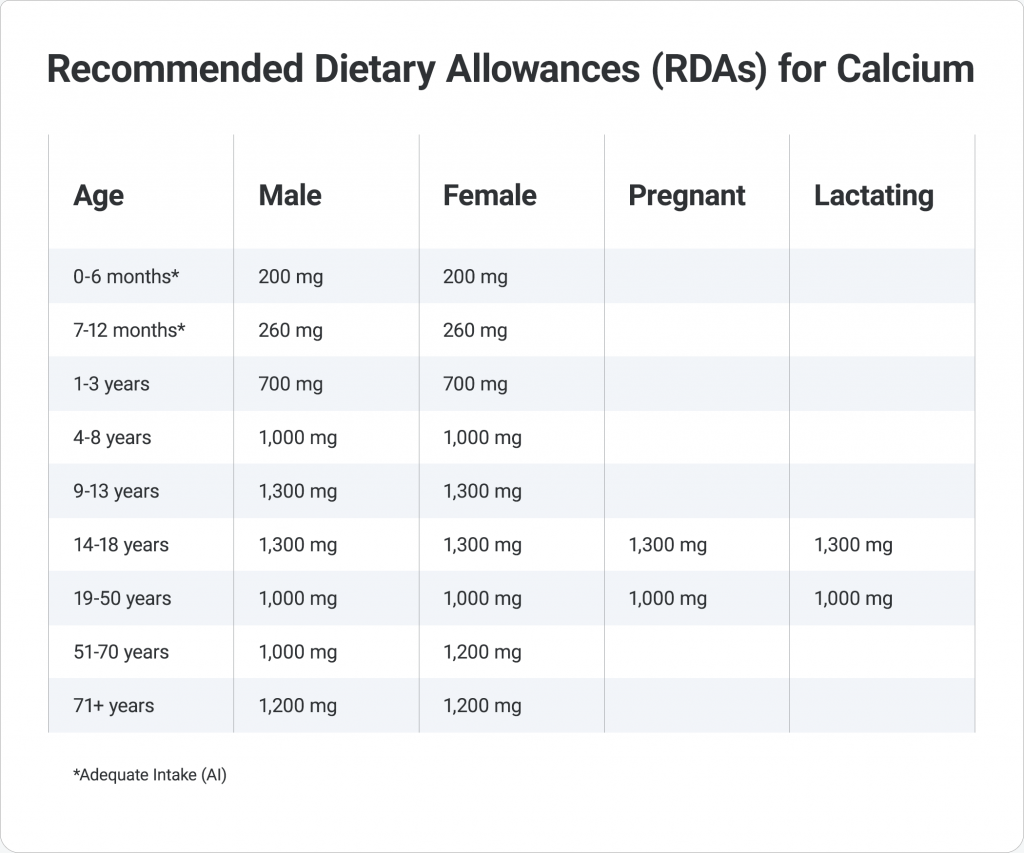
When you choose to eat food that is higher in oxalate, pair it with a high calcium food. Maybe you want some blueberries, which are higher in oxalate at 18.5mg/cup. The best way to eat them is in your dairy or non-dairy yogurt. You must eat both foods together instead of eating some blueberries now and then eating yogurt two hours later. The calcium from the yogurt can’t catch up to the blueberries in your digestive tract!
If you are lactose intolerant, there are plenty of enriched foods or non-lactose alternative dairy and non-dairy milk. Here are some categories of Kidney Stone Diet-approved calcium sources by category:
Produce
- Collard greens
- Broccoli rabe
- Kale
- Bok choy
- Figs
- Broccoli
- Oranges
Seafood
- Low sodium sardines
- Salmon
- Shrimp
Dairy
- Ricotta, part-skim
- Swiss cheese
- Yogurt (lower sugar)
- Milk
- Mozzarella
- Low-fat milk
- Lactose-free milk
Fortified foods and beverages
- Coconut milk
- Rice Milk
- Unsweetened flax milk
- Oat milk
- Pea milk
- Orange juice
- Waffles
- Oatmeal
- Cereal
4. Eat Moderate Amounts of Protein
Many of our modern-day diets promote eating high amounts of animal protein. And even if the diet isn’t a specifically high protein diet, (Keto, I am looking at you) my patients don’t always understand how to implement certain diets and, therefore, still end up eating too much protein.
When we take away one food group—carbs in this case—we tend to overeat the foods we are “allowed” to eat. Personal trainers, the diet industry, celebrities, etc., all espouse the benefits of a high-protein diet. But we in the kidney stone prevention world and many other health professionals will tell you to eat the right amount for your healthy weight.
Eating too much meat protein can promote uric acid and calcium oxalate stones. If you eat a large amount of seafood and meat, you can decrease your urine pH and increase your uric acid levels, causing an increased risk of kidney stone formation.
What about milk and dairy products? You need your calcium and getting it from low-fat milk and dairy products is fine for uric acid formers. If you do not like or cannot drink milk, there are many dairy-free versions on today’s shelves (think unsweetened Flax milk or Pea milk).
How much protein should you be eating each day? To calculate how much protein is right for you, use this equation: 0.8 to 1.0 gm/kg/day. I can feel your math anxiety kicking up so let’s use me as an example.
My weight is 122 lbs. After I convert my weight in pounds to kilograms I weigh 55.4 kg. I got this number by dividing 122 lbs by 2.2 (2.2 pounds = 1kg). Therefore, if I were to eat on the low end of the equation it would look like this:
0.8 x 55.4 = 44.32 grams of protein a day.
If I wanted to eat on the upper end of the equation it would look like this:
1.0 x 55.4 = 55.4 grams of protein a day.
Based upon the equation above I can eat anywhere between 44.3 grams and 55.4 grams of protein per day. If I search “how many grams are in 3 ounces of chicken” I find this answer: “There are about 7 grams of protein in 1 ounce of cooked meat. So, for example, 4 ounces of raw boneless skinless chicken breast yields about 3 ounces of cooked chicken or 21 g of protein.”
To make it easier to calculate your protein my team and I have created this handy protein calculator.

Kidney Stone Diet®
Protein Calculator
Calculating your daily protein requirement is simple! Just enter your weight in lbs below and the Kidney Stone Diet® Protein Calculator will handle the rest!
____ ounces of meat/day
5. Lower High Oxalate Foods
I hear it all the time from my patients, “Jill, there is nothing to eat.” This is the single most common myth among patients, and I can be heard exclaiming throughout the day, “There is plenty to eat!” Many patients are given an oxalate list from their urologist with little or no direction on HOW to use that list to lower oxalate levels. This is where the confusion starts.
Dr. Coe and I, and many other health professionals, use the oxalate list published by Harvard. We trust it because we’ve found our patients do lower their urine oxalate by following it when they understand HOW to use it.
FREE RESOURCE: My team and I have made the first-ever searchable Harvard oxalate list which you can find here.
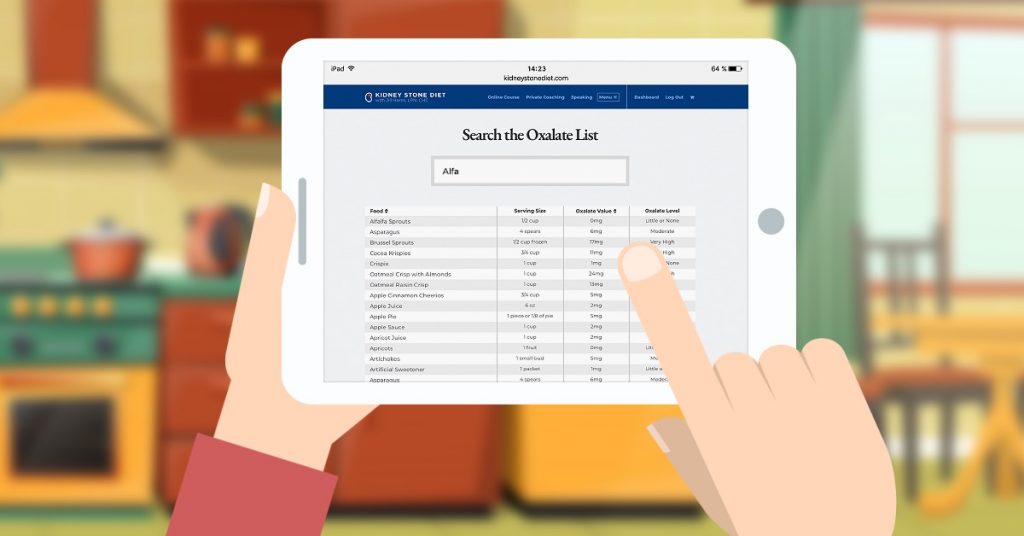
The one frustration I have with the Harvard oxalate list is it can confuse patients into thinking there actually is “nothing to eat.” That’s because, for each food Harvard studied, they include the portion size, the amount of oxalate, and then a qualifier, ex: Very High, High, Medium, Low, Very Low. Unfortunately, people only read the qualifier and think that because a food is listed as “high,” they cannot eat it. This is not the case.
Most of the foods that are listed as “High” or “Very High” on the Harvard list can still be safely incorporated into your diet. Eating foods within the proper portion size is the key.
Most of you, unless otherwise directed by your doctor, can safely eat up to 100mg/oxalate per day. If you stop looking at the qualifiers and just look at the portion size of the measured food and how much oxalate it contains, you will see there is a bigger variety of food you can eat. If you decide to have about 50 pistachios, you will ingest 14mg/oxalate. So 100 minus 14 is totally doable, and you still have many other withdrawals you can take for the day before you are overdrawn. But if you read the list and saw that Harvard describes pistachios as “very high”, you most likely would never go near a pistachio nut again. I actually spend much of my day teaching patients how to bring healthy foods BACK into their lives.
FREE RESOURCE: You can download a free copy of both the Harvard Oxalate List and my Safe Oxalate List below. The Safe Oxalate List shows only foods you can safely eat without the qualifiers.
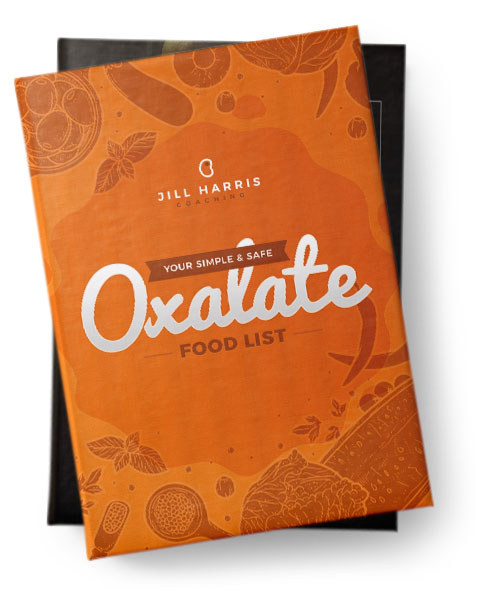
Free Oxalate Food Lists
Enter your email to download both my Simple & Safe Oxalate Food List and the original Harvard Oxalate Food List for FREE
Keep in mind that lowering oxalate is not just done by using the Harvard list or any other list. There is more to it—the HOW I’ve been talking about. Adding calcium to your diet and lowering the highest oxalate foods are the main reasons patients are successful in lowering their urine oxalate.
Also, although this is not listed as one of the elements of the Kidney Stone Diet, I teach this to all of my patients. Portion is key in all we drink and eat. Many of you had to pay me a visit because you overate healthy foods like almonds and spinach. Even healthy foods should not be overeaten and eating a variety of foods should be your goal. Each week, buy a new low-oxalate fruit or veggie, either frozen or fresh. It’s important to get out of your comfort zone and explore all different foods and recipes.
There you have it. The Kidney Stone Diet!
If you would like to learn how to safely implement this healthy lifestyle, consider joining me in my online Kidney Stone Prevention Course. Not only will you learn everything you need to help prevent kidney stones, but you will also learn many tips on eating healthier in general.






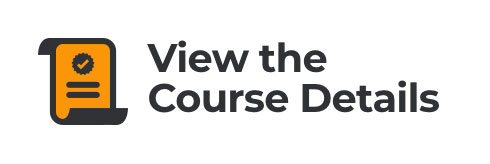





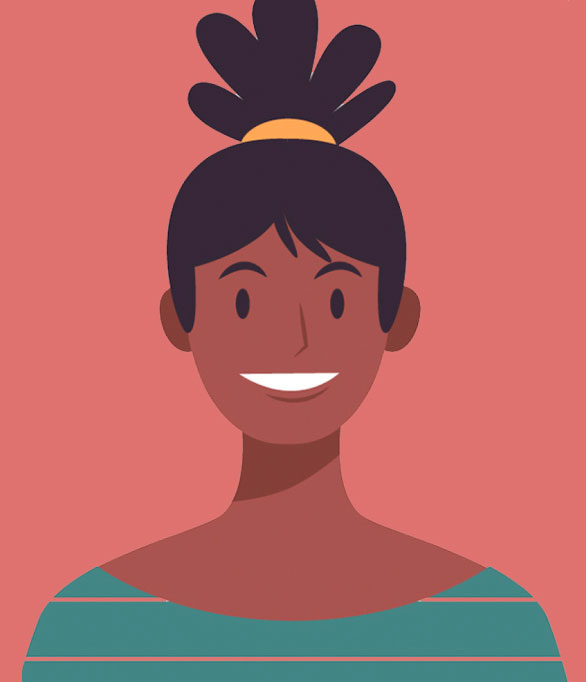

Leave a Reply